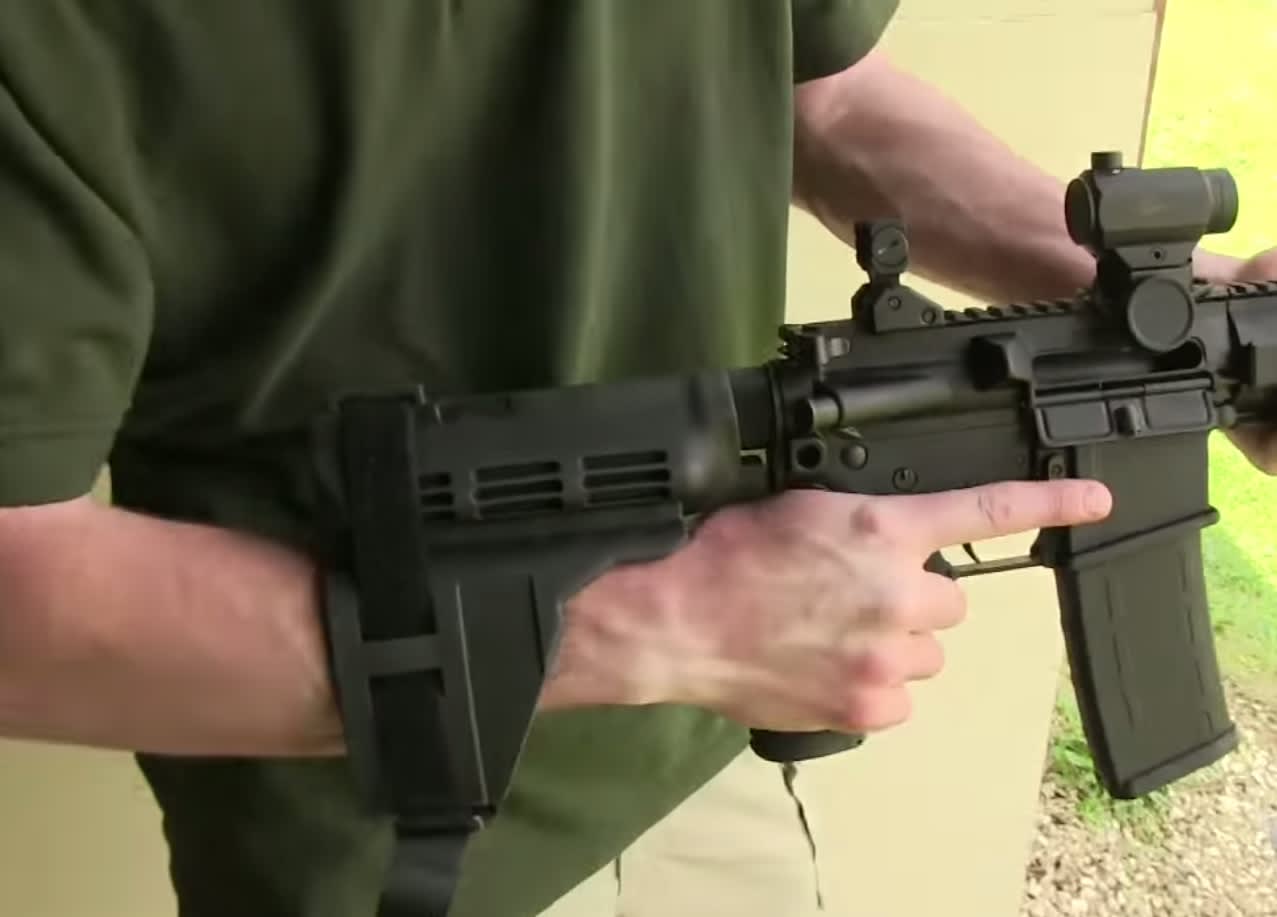ATF Reverses Position on “Stabilizing Braces” in Open Letter
OutdoorHub Reporters 01.19.15

The Bureau of Alcohol, Tobacco, Firearms and Explosives (ATF) released an open letter last week to clarify the agency’s stance on pistol stabilizing braces. After receiving numerous inquiries from the public, the ATF decided that the braces cannot be used as a shoulder stock, and that any person who intends to use it in such a way must file the appropriate forms—and pay the corresponding taxes—before doing so. The firearm itself will then fall under the provisions of the National Firearms Act (NFA).
“The pistol stabilizing brace was neither ‘designed’ nor approved to be used as a shoulder stock, and therefore use as a shoulder stock constitutes a ‘redesign’ of the device because a possessor has changed the very function of the item. Any individual letters stating otherwise are contrary to the plain language of the NFA, misapply Federal law, and are hereby revoked,” stated the letter, which was signed by acting chief of the ATF’s Firearms Technology Criminal Branch, Max M. Kingery.
Stabilizing braces are a relatively new product for AR-type pistols. They work by wrapping around the shooter’s forearm to provide support while firing, increasing accuracy and reducing recoil. The ATF previously determined that attaching the brace to a firearm does not alter the classification of the gun, or cause the firearm to be subject to NFA provisions. However, a common question from gun owners concerned whether or not the brace could be used as a shoulder stock as well. In the open letter, the ATF concluded that since the devices were meant to be strapped to a shooter’s wrists, “it is clear the device does not allow the firearm to be fired from the shoulder.”
You can see a demonstration of how the brace can be used below:
“Because the NFA defines both rifle and shotgun to include any ‘weapon designed or redesigned, made or remade, and intended to be fired from the shoulder,’ any person who redesigns a stabilizing brace for use as a shoulder stock makes a NFA firearm when attached to a pistol with a rifled barrel under 16 inches in length or a handgun with a smooth bore under 18 inches in length,” the ATF wrote.
The ATF’s conclusion was criticized by many gun owners as well as some Second Amendment advocacy groups, especially since many saw the open letter as a direct reversal reversal of the ATF’s stance in previous communications. The NRA’s Institute for Legislative Action also questioned the use of the term “redesign” in the ATF’s open letter.
“As with other recent rulings from BATFE, the letter does not seem to acknowledge (and perhaps its authors don’t understand) the full effect of its conclusion that use of a firearm in a particular way without alteration constitutes a ‘redesign’ of that firearm,” The NRA-ILA wrote on its website. “The only thing that is clear from the letter is that BATFE considers shouldering any pistol with a stabilizing brace as making a firearm subject to registration and other requirements under the National Firearms Act.”

